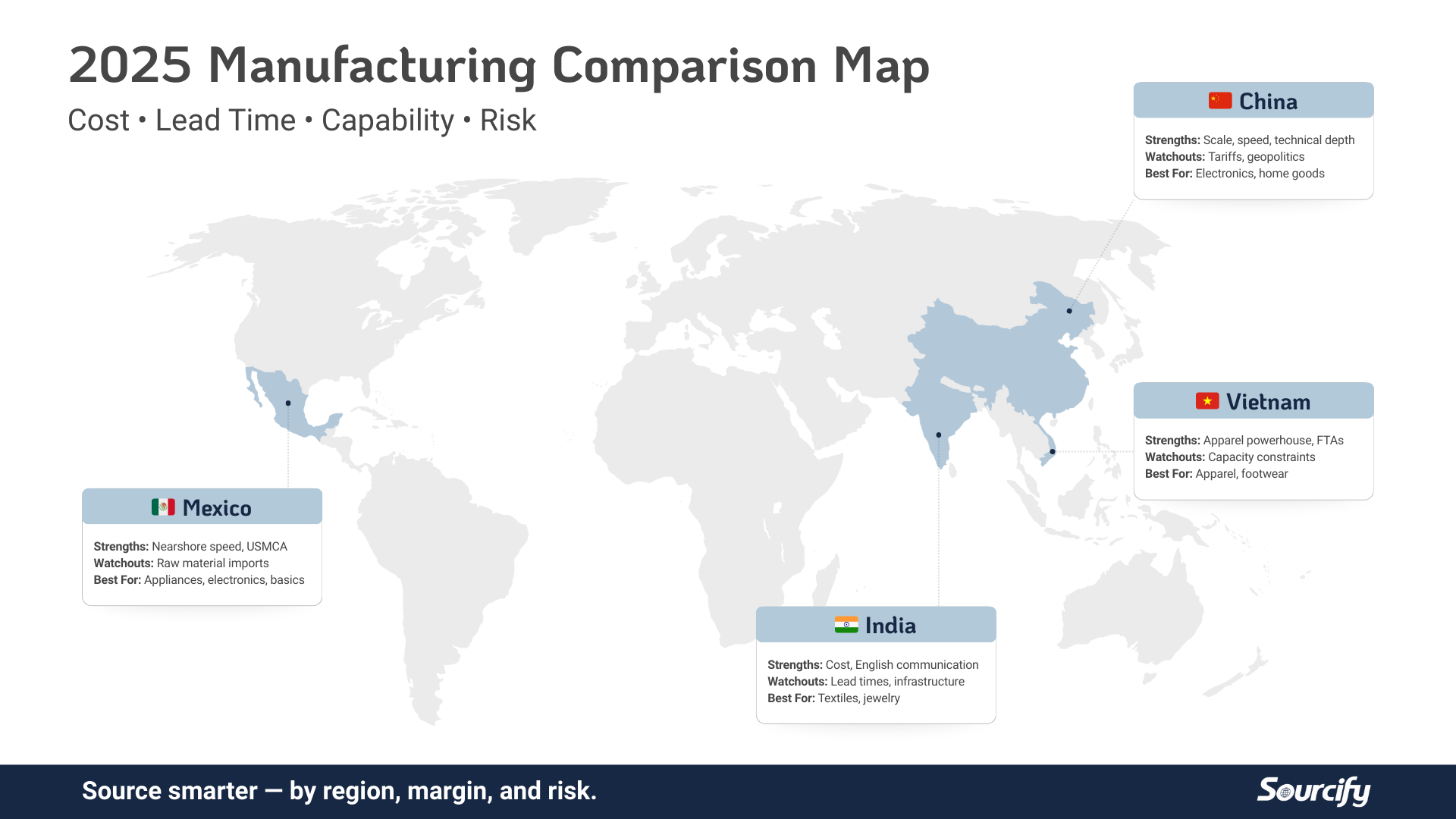When it comes to creating athleisure garments that stand out in terms of both style and functionality, material sourcing is the first and most crucial step. The right fabric can make or break the product, impacting everything from comfort and performance to sustainability and durability. In this blog, we’ll dive deep into the factors that influence material sourcing for athleisure and how brands can make informed decisions.
The Importance of Material Selection in Athleisure
Athleisure is all about balance—offering the flexibility of activewear with the look and feel of fashion-forward designs. Materials used in athleisure must be able to withstand both physical activity and everyday wear while keeping consumers comfortable and stylish. The choice of fabric will dictate:
- Performance: How well the garment supports movement, flexibility, and breathability.
- Comfort: The feel against the skin, moisture management, and temperature regulation.
- Durability: How well the material holds up over time, even after multiple washes and heavy use.
Popular Fabrics Used in Athleisure
Several types of fabrics have emerged as industry standards in athleisure, each offering specific benefits. Here are some of the most popular options:
Spandex/Elastane (Lycra)
- Benefits: Spandex, also known as Lycra or elastane, is a key material in athleisure because of its ability to stretch up to five times its original size. It provides:
- Maximum flexibility for active movement.
- Shape retention, ensuring garments retain their form after wear.
- Comfort and breathability, making it perfect for activewear.
- Common Uses: Yoga pants, workout leggings, and sports bras.
Nylon
- Benefits: Nylon is lightweight, durable, and resistant to abrasion. It is a popular fabric for athleisure due to:
- Moisture-wicking properties, keeping the skin dry during intense activity.
- Breathability to help with temperature regulation.
- High resistance to wear and tear, making it long-lasting.
- Common Uses: Compression leggings, sports jackets, and gym bags.
Recycled Polyester
- Benefits: As sustainability becomes a top priority for many brands and consumers, recycled polyester is a go-to material in athleisure production.
- Eco-friendly alternative to virgin polyester, helping reduce environmental impact.
- Moisture-wicking and lightweight, ideal for keeping athletes dry.
- Offers durability while maintaining a soft, smooth finish.
- Common Uses: Performance wear, outdoor activewear, and jackets.
Merino Wool
- Benefits: Merino wool is a natural fiber that is increasingly popular for its combination of breathability, moisture-wicking properties, and temperature-regulation.
- Ideal for activewear that needs to transition from cold to warm conditions.
- Naturally resistant to odors, keeping athletes fresh even after hours of wear.
- Common Uses: Base layers, running tops, and cold-weather workout gear.
Considerations When Sourcing Athleisure Materials
When sourcing materials for athleisure garments, it’s important to consider a few key factors to ensure the final product meets both consumer expectations and brand values:
Sustainability
Consumers are increasingly demanding sustainable fashion, and for athleisure, this means sourcing eco-friendly materials that have a minimal environmental impact. Key factors to look for include:
- Recycled fabrics like polyester, nylon, or spandex.
- Sustainable production practices, including low-waste manufacturing processes.
- Certifications such as GOTS (Global Organic Textile Standard) or OEKO-TEX, which ensure the material has been produced ethically and with minimal environmental harm.
Performance Features
Athleisure is designed for more than just looking good. The fabrics need to perform well during activity. Look for fabrics that provide:
- Moisture-wicking properties to keep the wearer dry.
- Compression to support muscles and improve circulation.
- Breathability to regulate body temperature.
- Stretch for flexibility and ease of movement.
Ethical and Transparent Sourcing
Sourcing materials ethically is becoming a top priority for many brands. Consumers are increasingly aware of labor practices in the apparel industry and want to support brands that prioritize fair wages and safe working conditions. This means:
- Partnering with suppliers that have certifications like WRAP (Worldwide Responsible Accredited Production).
- Ensuring factories maintain safe working conditions and fair wages for all workers.
How to Choose the Right Material Supplier
Selecting the right supplier for athleisure materials can make a big difference in the quality and success of your products. Here are a few steps to guide your decision-making process:
- Evaluate material quality: Request fabric swatches and test the durability, stretch, and comfort of the fabrics.
- Understand their lead times: Make sure the supplier can deliver materials on time to avoid production delays.
- Check their sustainability practices: Look for suppliers who offer eco-friendly options and transparency in their sourcing.
- Review certifications: Ensure your supplier meets ethical and environmental standards.
Final Thoughts
The choice of fabric is foundational in creating high-performance, stylish, and durable athleisure garments. Sourcing the right material is not only about quality but also about sustainability, ethical sourcing, and meeting consumer demand for both style and performance. By carefully selecting the right fabrics and working with trusted suppliers, brands can create athleisure products that stand out in the marketplace.
Need help finding the right material supplier for your athleisure brand? Sourcify connects brands with trusted, sustainable, and high-quality suppliers to bring your designs to life. Contact us today to get started!




